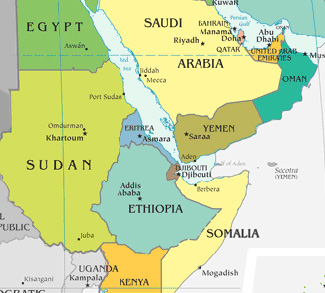7667766266
enquiry@shankarias.in
What is the issue?
What is the context of the conflict?

What is the political situation in Ethiopia?
What is the political situation in Eritrea?
What is the way ahead?
Source: The Hindu